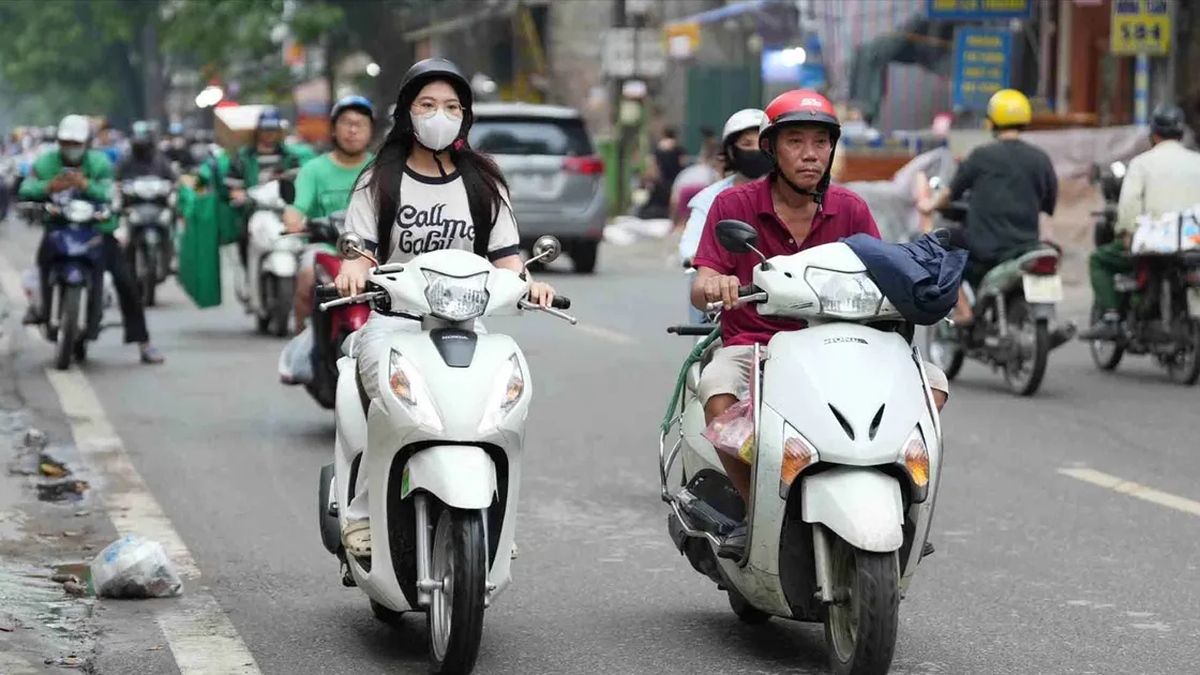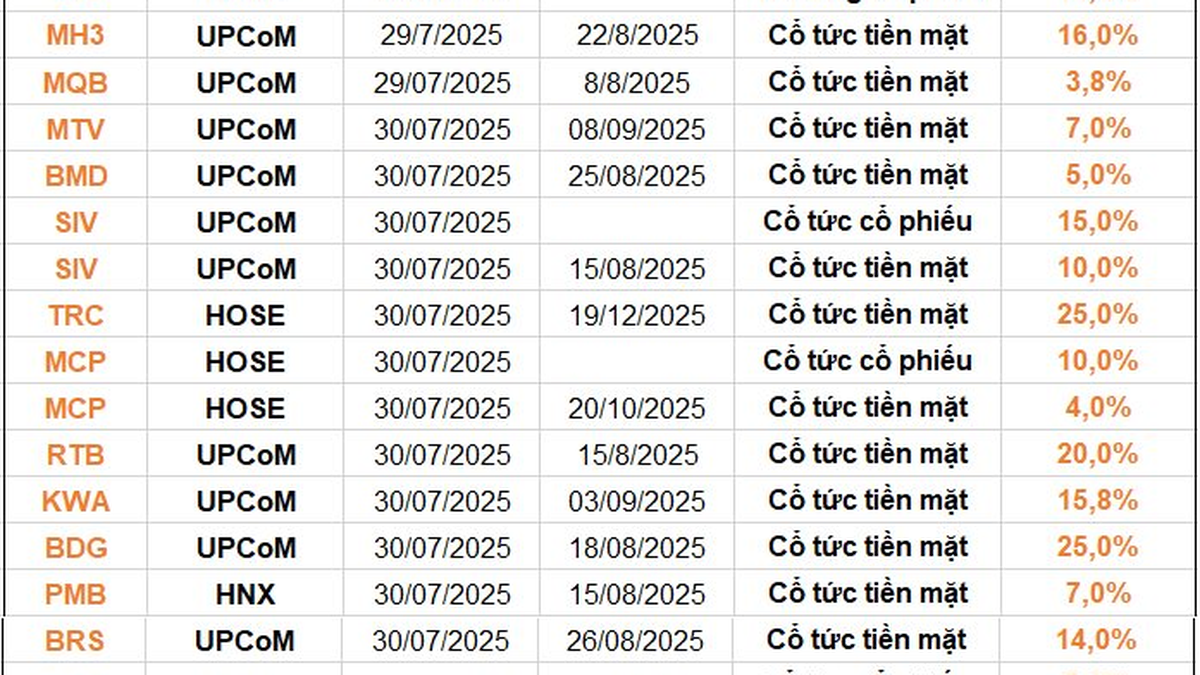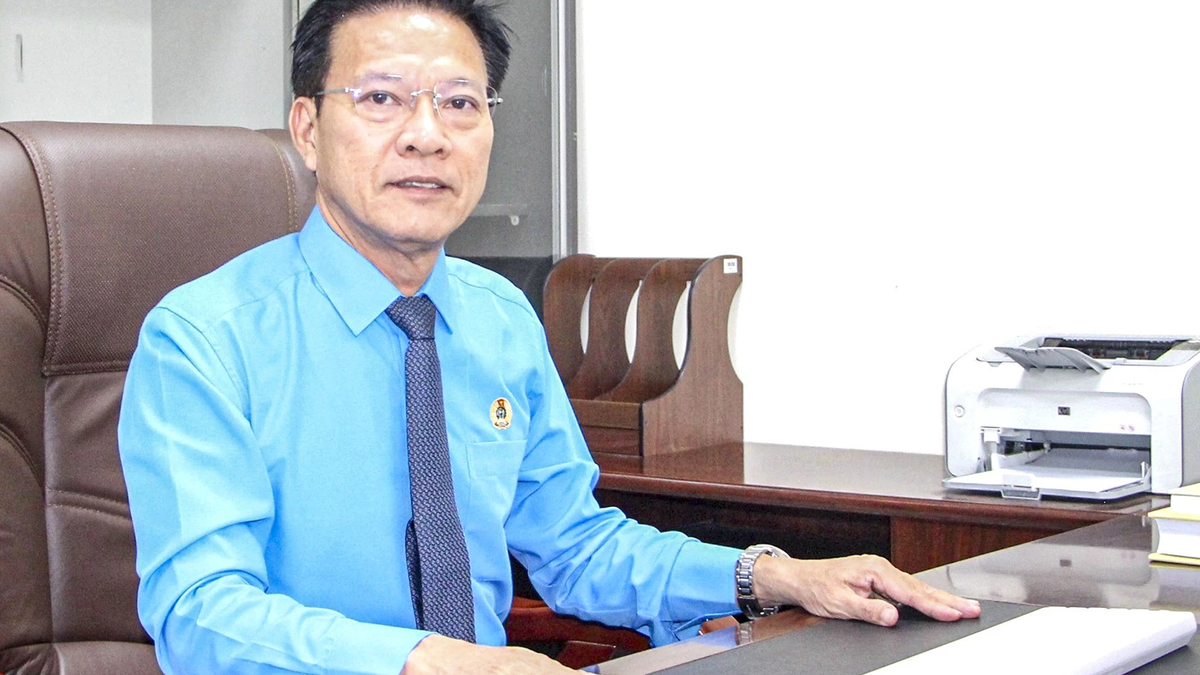
The Ministry of Finance is proposing two options to amend the progressive personal income tax schedule in a way that reduces the number of levels and widens the income gap. In both options, the minimum tax rate of 5% corresponds to a monthly taxable income of VND10 million (after deducting family circumstances and other taxable expenses). The maximum tax rate is 35%, for taxable income of over VND80 million (option 1) and VND100 million or more (option 2).
Associate Professor Dr. Pham The Anh (National Economics University) said that the highest tax rate of up to 35% will not encourage talented and highly qualified people to work, or businesses to hire such people because the cost is too expensive.
According to him, the 30-35% rate should only be applied in countries with developed social welfare policies, where healthcare, education and social security services are fully provided and of good quality. This expert cited the case of Singapore, a country with an average income per capita of over 87,000 USD last year, the highest tax rate is currently 24%.
"If Vietnam wants to develop like Singapore, it must do as they do. Don't look at less developed or equally developed countries to compare," he said.
Mr. The Anh proposed to apply the highest tax rate of 20%, instead of the current 35%. This rate is equal to the current corporate income tax, with the spirit of "each citizen is an enterprise, 50 million adults are 50 enterprises for double-digit growth".
At a recent workshop, Associate Professor Dr. Phan Huu Nghi, Deputy Director of the Institute of Banking and Finance (National Economics University), also said that the highest tax rate should only be 25% when Vietnam has a low average income, the economy needs to accumulate and invest. In addition, he also said that policies need to motivate workers, while corporate income tax is currently at 20%.
"In the future, when per capita income reaches a high threshold, Vietnam can increase personal income tax rates," he stated his opinion.
In fact, Vietnam's GDP per capita has increased continuously in recent years, reaching 4,700 USD last year. Vietnam is aiming for high growth of 8% or more this year and double digits in the coming period to enter the group of high-income countries by 2045.
Prof. Dr. Vu Minh Khuong, Lee Kuan Yew School of Public Policy, National University of Singapore, estimates that if Vietnam's GDP per capita increases by 6.5% continuously for 20 years, by 2045 this index will reach 15,000 USD - the lowest threshold in the high-income group. If this rate is maintained, Vietnam can reach an average income per capita of about 20,000 USD by 2050.
The progressive tax schedule is based on the principle that higher incomes should pay higher taxes - this is the principle of horizontal equity. However, this tax schedule has been applied for the past 15 years, since the Personal Income Tax Law came into effect. Therefore, the highest rate (35%) applied to incomes above VND960 million per year (VND80 million per month) is no longer suitable for reality due to inflation, average income and living costs all increasing.
Ms. Nguyen Thi Cuc, President of the Tax Consulting Association, once pointed out that the highest tax rate of 35% leads to the fact that some individuals have to pay taxes of up to 30% of their income. That is, many people with good incomes, but not super rich, are still subject to the highest tax rate.
Proposed tax rate adjustment by the Ministry of Finance:
| Tax level | Current | Option 1 | Option 2 | |||
| Taxable income (million VND/month) | Tax rate (%) | Taxable income (million VND/month) | Tax rate (%) | Taxable income (million VND/month) | Tax rate (%) | |
| 1 | to 5 | 5 | to 10 | 5 | to 10 | 5 |
| 2 | > 5-10 | 10 | > 10-30 | 15 | > 10-30 | 15 |
| 3 | > 10-18 | 15 | > 30-50 | 25 | > 30-60 | 25 |
| 4 | > 18-32 | 20 | > 50-80 | 30 | > 60-100 | 30 |
| 5 | > 32-52 | 25 | over 80 | 35 | over 100 | 35 |
| 6 | > 52-80 | 30 | ||||
| 7 | over 80 | 35 |
Regarding the maximum tax rate of 35%, Mr. Nguyen Quang Huy, CEO of the Faculty of Finance and Banking (Nguyen Trai University), said that the operator should only apply it to people with an income of over 100 million VND per month, like the Ministry of Finance's option 2. This level corresponds to the group of 2% richest people.
"This is to ensure social fairness and reduce negative impacts on the middle class group that plays a leading role in the economy," Mr. Huy suggested.
In addition, the thick tax schedule and the accumulation of tax at the first income steps are shortcomings that experts have repeatedly suggested to be amended. According to Associate Professor, Dr. Phan Huu Nghi, this is the reason why tax rates and tax amounts increase even when income is only slightly adjusted.
"People with rising average incomes are also quickly pushed into the high-tax group, creating great financial pressure and reducing labor motivation," he said.
According to the plan proposed by the Ministry of Finance, the number of levels in the tax calculation table will be reduced from 7 to 5. According to Mr. Nghi, this way, the tax calculation system will be simpler but still ensure reasonable revenue for the budget when reducing the number of levels in the tax table.
"This creates fairness, encouraging workers to increase their income without worrying about being over-taxed," he said.
Regarding the gap between the levels, Mr. Nguyen Quang Huy suggested that the management agency should avoid creating sudden tax rate jumps between levels. That is, the gap between tax levels should not be too large, to avoid workers' incomes that are only a few million VND higher being "jumped" to a significantly higher tax rate, which can easily lead to a mentality of avoiding or cheating on income.
Mr. Nghi believes that widening the gap between tax brackets by a reasonable coefficient (for example, coefficient 2) will help the tax system become more stable, more open, and create motivation to increase income. This also avoids the situation where middle-income workers still have to pay unreasonably high tax rates.
This proposal was also mentioned by Mr. Nguyen Van Duoc, General Director of Trong Tin Accounting and Tax Consulting Company. He supports option 2 as the adjustment will be more beneficial for many taxpayers, including those with incomes from 30 to 100 million VND. According to Mr. Duoc, widening the income gap in levels 3 and 4 will help many workers benefit from the new tax schedule.
However, this expert still recommends designing another option, specifically widening the gap between taxable income at levels 1 and 2, for example level 1 can be expanded to 15 million VND. According to him, the manager will have to calculate how much to expand in detail to aim for more support for people with average and good incomes, and to compensate for increased income in the high-income group.
Personal income tax is the third largest source of revenue in the tax system, after value added tax (VAT) and corporate income tax. Last year, total state budget revenue exceeded VND2 quadrillion for the first time. Of this, personal income tax is estimated at VND189 trillion, up 20% over the previous year. The proportion of this tax type accounts for more than 9.3% of total budget revenue, up from 5.3% in 2011.
From a macro perspective, Associate Professor Dr. Pham The Anh believes that amending and reducing the burden of personal income tax should be implemented to help Vietnam stimulate domestic consumption, thereby contributing to economic growth.
“Reducing this tax will increase people’s disposable income, encouraging them to spend more on domestic goods and services,” he said, adding that this will create new growth momentum for the economy from domestic demand and help Vietnam minimize the risk of over-reliance on exports, especially when major markets may impose trade barriers.
VnExpressSource: https://baohaiphongplus.vn/thue-thu-nhap-ca-nhan-chi-nen-toi-da-20-25-417279.html



































































































Comment (0)